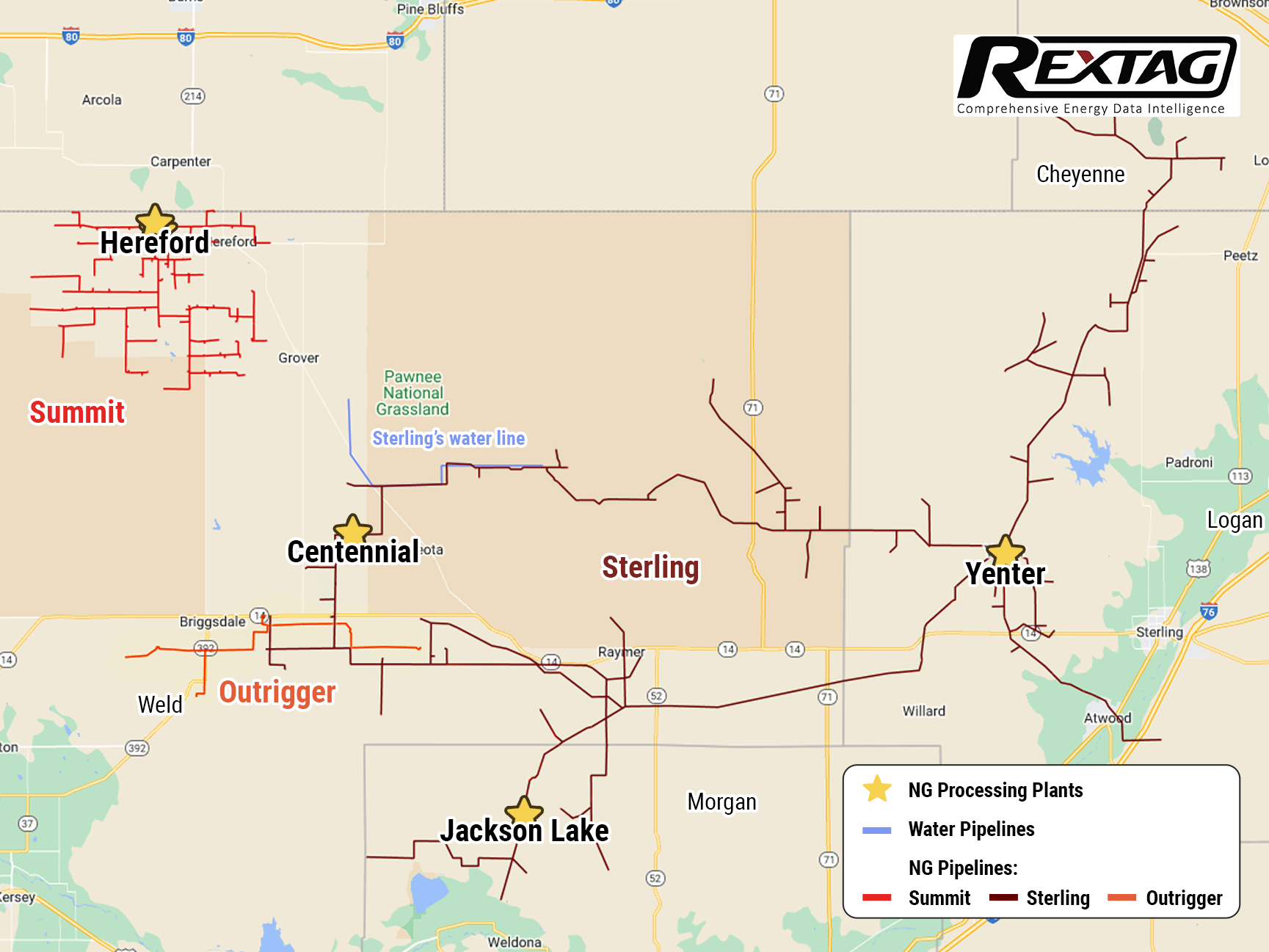Blog
Since days when shale oil and gas technologies were discovered, the U.S. energy industry has been evolving more rapidly than ever before. Many changes are amazing especially when you put them on an industry map. At Rextag not only do we keep you aware of major projects such as pipelines or LNG terminals placed in service. Even less significant news are still important to us, be it new wells drilled or processing plants put to regular maintenance.
Daily improvements often come unnoticed but you can still follow these together with us. Our main input is to “clip it” to the related map: map of crude oil refineries or that of natural gas compressor stations. Where do you get and follow your important industry news? Maybe you are subscribed to your favorite social media feeds or industry journals. Whatever your choice is, you are looking for the story. What happened? Who made it happen? WHY does this matter? (Remember, it is all about ‘What’s in It For Me’ (WIIFM) principle).
How Rextag blog helps? Here we are concerned with looking at things both CLOSELY and FROM A DISTANCE.
"Looking closely" means reflecting where exactly the object is located.
"From a distance" means helping you see a broader picture.
New power plant added in North-East? See exactly what kind of transmission lines approach it and where do they go. Are there other power plants around? GIS data do not come as a mere dot on a map. We collect so many additional data attributes: operator and owner records, physical parameters and production data. Sometimes you will be lucky to grab some specific area maps we share on our blog. Often, there is data behind it as well. Who are top midstream operators in Permian this year? What mileage falls to the share or Kinder Morgan in the San-Juan basin? Do you know? Do you want to know?
All right, then let us see WHERE things happen. Read this blog, capture the energy infrastructure mapped and stay aware with Rextag data!
Outrigger Sells Its DJ Basin Assets to Summit for $305 Million to Focus on the Williston Basin
Recent acquisitions totaling $305 million in cash bring Summit Midstream the opportunity to build up its Denver-Julesburg basin assets. Its subsidiary, Summit Midstream Holdings, concluded a deal to purchase Outrigger DJ Midstream from Outrigger Energy II and Sterling Energy Investments, Grasslands Energy Marketing, and Centennial Water Pipelines from Sterling Investment Holdings. Weld County-based Outrigger’s assets in Colorado are significant as they include a 60 MMcfd cryogenic natural gas processing plant, almost 70 miles of low-pressure natural gas gathering lines, 90 miles of high-pressure natural gas gathering lines, 12,800 horsepower of field and plant compression, and roughly 30 miles of crude oil gathering pipelines.
Summit Midstream to Acquire Assets in DJ Basin for $305 Million
Recent acquisitions totaling $305 million in cash bring Summit Midstream the opportunity to build up its Denver-Julesburg basin assets. Its subsidiary, Summit Midstream Holdings, concluded a deal to purchase Outrigger DJ Midstream from Outrigger Energy II and Sterling Energy Investments, Grasslands Energy Marketing, and Centennial Water Pipelines from Sterling Investment Holdings. Weld County-based Outrigger’s assets in Colorado are significant as they include a 60 MMcfd cryogenic natural gas processing plant, almost 70 miles of low-pressure natural gas gathering lines, 90 miles of high-pressure natural gas gathering lines, 12,800 horsepower of field and plant compression, and roughly 30 miles of crude oil gathering pipelines. The gathering agreements for Outrigger DJ system are comprised of long-term, fee-based contracts with a weighted average term of over 10 years. Volume throughput on the Outrigger DJ system is underpinned by acreage dedications, with a valued 310,000 leased acres from its key customers, including Mallard Exploration and other producers in the region. Moreover, the Sterling DJ assets, in Weld, Morgan, and Logan Counties, Colorado, and Cheyenne County, Nebraska, have three cryogenic processing plants with a nameplate capacity of 100 MMcfd, some 450 miles of natural gas gathering lines, 8,500 horsepower of field compression, freshwater rights, and 40 miles of subsurface freshwater delivery infrastructure.

